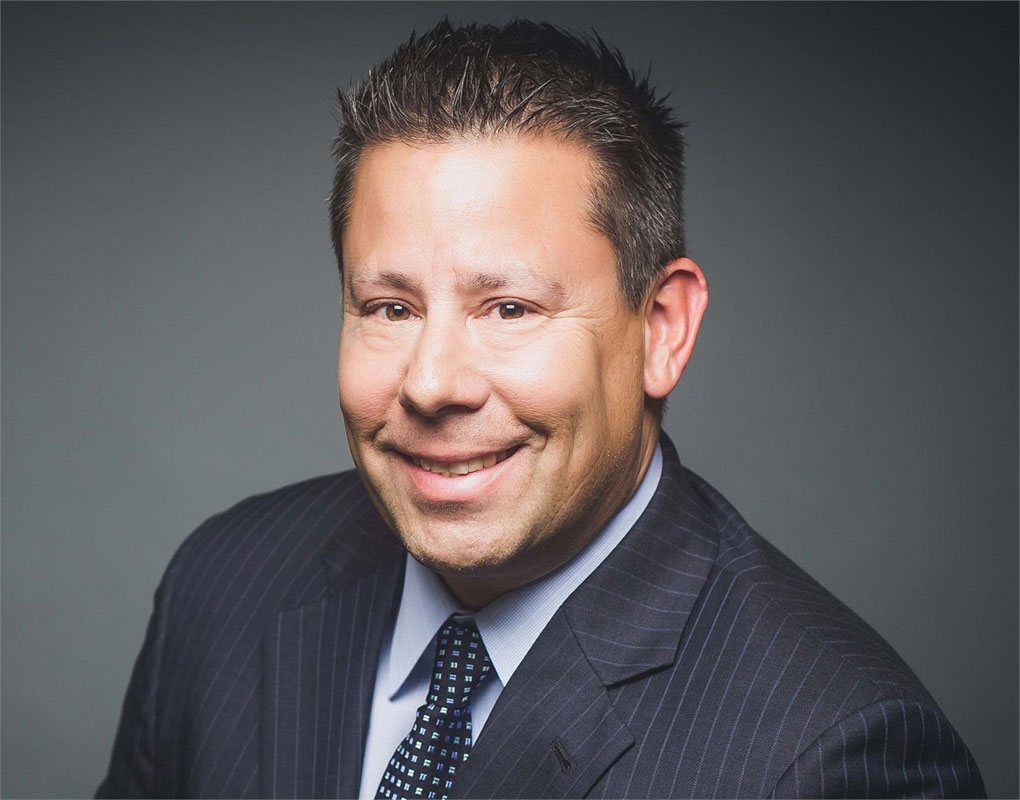After graduating Purdue in May and a summer of working an internship and two side gigs my oldest daughter accepted a full time job a few weeks ago. Last week she got her first real paycheck. Her text to me “OMG, I’ve never seen a check this big with my name on it, is this what Trump feels like?” As proud Dad moments go, this one was pretty high.
Over the long weekend, emboldened by her new cash flow the conversation quickly evolved into when she could start investing with Oak Partners. I understand why she’s anxious to get started. I let her invest the account full of money given to her by relatives for various celebrations over 15 years in 2009. She picked Apple and Yum brands (because they own Taco Bell). Both more than doubled before she sold them and spent the money on trips to Europe. Kind of makes this whole investing thing look easy.
Of course as we all know, investing is not easy. More importantly however, as a planner I know the steps for achieving financial security are very specific, and if possible must be navigated in the right order. So I’m afraid my Dad advice wasn’t as fun as she expected, but I think it’s worth revisiting for all those other newly independent grads and young families out there. And by the way, these are some of the same basic steps outlined in financial freedom programs offered by Dave Ramsey and other groups, of which I am a fan.
So I told her, first she had to accumulate an emergency fund. I think an emergency fund should be $2,000 and it should be stored in an account that is a little outside “the loop” of the accounts used for day to day spending. A separate bank or credit union works good for this purpose, somewhere a bit inconvenient to access, which makes it more likely to “stick”.
After the emergency fund is secured it’s time to target and eliminate consumer debts. Now I could write ten columns on debt management, and there a variety of ways of accomplish this step, none of them are easy and this is probably the most important and difficult step to navigate. Luckily she has no debt, so she could start on the next step.
After the emergency fund and consumer debts are under hand, three to six months of expenses should be saved in a separate account (not the emergency fund account or checking account). In my daughter’s case her expenses are still very low, so I would suggest she actually save three months of her net income. It’s a bit more challenging, but also accommodates the likelihood that her expenses will go up over time.
I calculated these savings goals would take her about a year to accomplish, which happens to coincide to when her employer’s 401(k) match is available. So step four is invest enough in her 401(k) to get the maximum employer match. In her case she would need to contribute 6% of her pay. The 401(k) should be invested in long term growth options.
After these first four steps are behind us, now we are ready to invest but we don’t invest the emergency fund or the expense saving account, those funds stay somewhere liquid and safe (the bank).
The most powerful tools for achieving wealth are not stocks or bonds, but habits. Achieving the steps above requires some great steps toward solid financial habit formation. So while the advice may not be exciting, it does promote investment in the most productive asset any of us have, ourselves.


